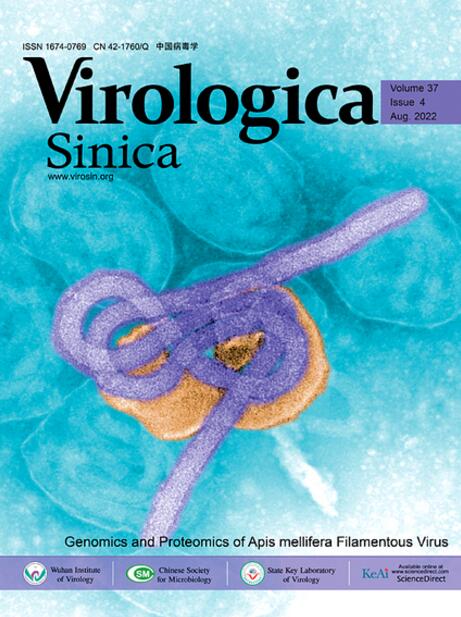Development and immunoprotection assessment of novel vaccines for avian infectious bronchitis virus
IF 4
3区 医学
Q1 Medicine
引用次数: 0
Abstract
Infectious bronchitis (IB), a highly contagious acute respiratory disease affecting avian species, poses significant challenges to poultry production. The causative agent, infectious bronchitis virus (IBV), exhibits a high mutation rate, leading to limited cross-protection by existing vaccines. This necessitates the development of novel vaccines. This study, based on preliminary investigations conducted by our research team, identified six potential strains (PYG QX1, ZQF QX2, FQH QX3, LYZ QX4, XXX QX5, and CSL strains) for vaccine development. Previous pathogenicity test and serum cross-neutralization experiments conducted in this study have demonstrated that the FQH QX3 strain exhibited the weakest pathogenicity and the broadest spectrum of serum neutralization, while the CSL strain showed the highest pathogenicity and was the most challenging to neutralize, posing the greatest difficulty in prevention and control. Subsequently, we constructed and rescued recombinant vaccine candidates, H120-FQH QX3, and H120-CSL, expressing the S1 and N proteins of the FQH QX3 and CSL strains, respectively. Immunization protection experiments indicated that the H120-CSL recombinant vaccine candidate exhibited the most effective immune protection, making it a promising candidate for further study and evaluation as a recombinant vaccine. The S1 and N genes of the CSL strain demonstrated strong immunogenicity, making them potential candidate antigen genes for future vaccine development.
禽传染性支气管炎病毒新型疫苗的研制及免疫保护效果评价。
传染性支气管炎(IB)是一种影响禽类的高传染性急性呼吸道疾病,给家禽生产带来了巨大挑战。病原体传染性支气管炎病毒 (IBV) 变异率很高,导致现有疫苗的交叉保护作用有限。因此有必要开发新型疫苗。本研究基于我们研究团队进行的初步调查,确定了六种可能用于疫苗开发的毒株(PYG QX1、ZQF QX2、FQH QX3、LYZ QX4、XXX QX5 和 CSL 株)。此前进行的致病性试验和血清交叉中和实验表明,FQH QX3 株的致病性最弱,血清中和谱最广,而 CSL 株的致病性最高,中和难度最大,防控难度最大。随后,我们构建并挽救了重组候选疫苗H120-FQH QX3和H120-CSL,分别表达了FQH QX3株和CSL株的S1和N蛋白。免疫保护实验表明,H120-CSL 重组候选疫苗表现出最有效的免疫保护,因此有望作为重组疫苗进行进一步研究和评估。CSL 株的 S1 和 N 基因表现出很强的免疫原性,使其成为未来疫苗开发的潜在候选抗原基因。
本文章由计算机程序翻译,如有差异,请以英文原文为准。
求助全文
约1分钟内获得全文
求助全文
来源期刊

Virologica Sinica
Biochemistry, Genetics and Molecular Biology-Molecular Medicine
CiteScore
7.70
自引率
1.80%
发文量
3149
期刊介绍:
Virologica Sinica is an international journal which aims at presenting the cutting-edge research on viruses all over the world. The journal publishes peer-reviewed original research articles, reviews, and letters to the editor, to encompass the latest developments in all branches of virology, including research on animal, plant and microbe viruses. The journal welcomes articles on virus discovery and characterization, viral epidemiology, viral pathogenesis, virus-host interaction, vaccine development, antiviral agents and therapies, and virus related bio-techniques. Virologica Sinica, the official journal of Chinese Society for Microbiology, will serve as a platform for the communication and exchange of academic information and ideas in an international context.
Electronic ISSN: 1995-820X; Print ISSN: 1674-0769
 求助内容:
求助内容: 应助结果提醒方式:
应助结果提醒方式:


